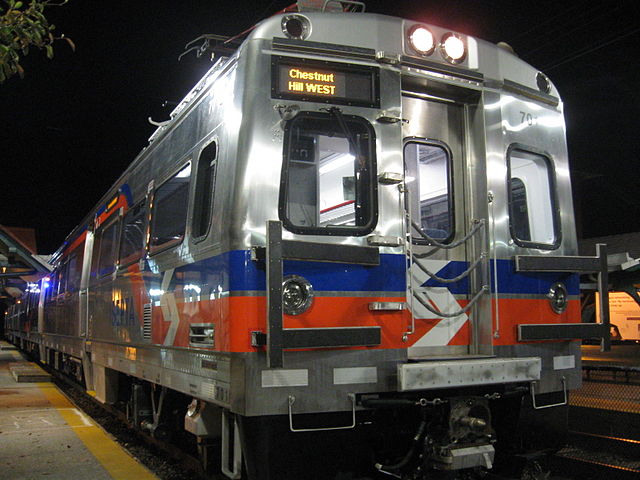If you think the presidential election is stupid, just get a look at all of the cities that are voting on stupid rail transit projects. Los Angeles wants $120 billion; Seattle $54 billion; San Diego, $7.5 billion; San Francisco, $3.5 billion; San Jose, $3 billion; Atlanta, $2.5 billion, Kansas City, $2 billion; Virginia Beach, $310 million; and Tigard, Oregon, which has the chance to kill a $2 billion project in Portland. That’s nearly $200 billion worth of stupidity that has rail contractors salivating.
Voters from these cities should look at the experiences other cities have had with rail. Portland opened a new light-rail project a year ago that was supposed to carry 17,000 people a day in its first year. Actual ridership is more like 11,000. Rail apologist Jarrett Walker says he isn’t surprised as rail lines “are designed to encourage denser and more sustainable development in addition to serving people who are there now,” so initial ridership is “almost always disappointing.” C’mon, Jarrett: planners took this into account when they made their projections (or if they didn’t they should have). By the way, the article also says the project came in “under budget,” but it doesn’t say that the budget was almost twice as much as the original projected cost, just one more way transit agencies lie about rail transit.
Speaking of cost overruns, Honolulu is the smallest urban area in America to be building rail transit, and its project, which was originally projected to cost less than $3 billion, is now up to $8 billion and possibly more than $10 billion, which would be more than $10,000 for every resident of Oahu. The city is stuck because it doesn’t have enough money to finish it, but if it doesn’t finish it, the Federal Transit Administration says it will demand that the city return the federal share of the cost.









